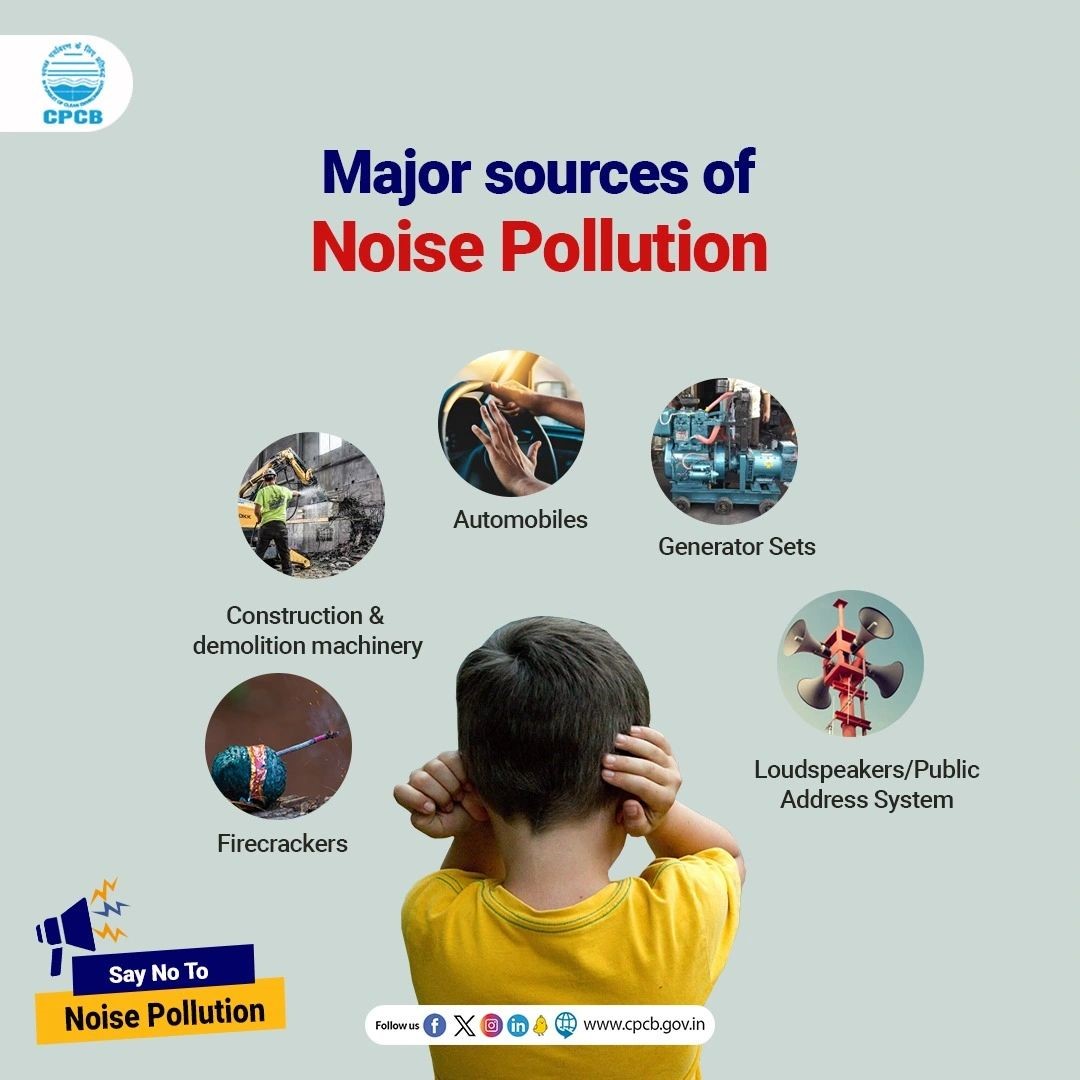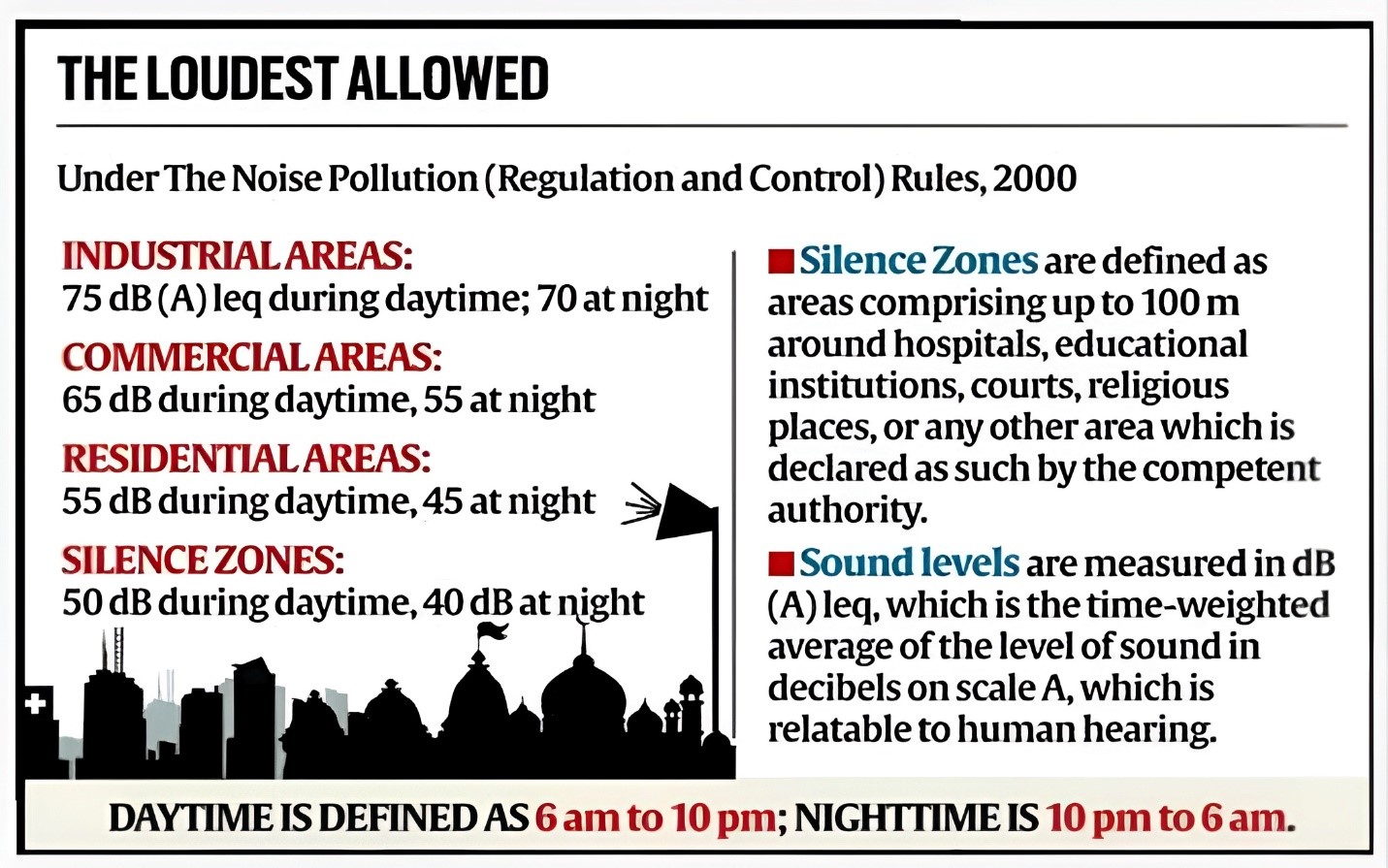7667766266
enquiry@shankarias.in
The noise pollution is one of the health hazard that has crept up unacknowledged on Indian cities.


The Indian Express| Noise pollution